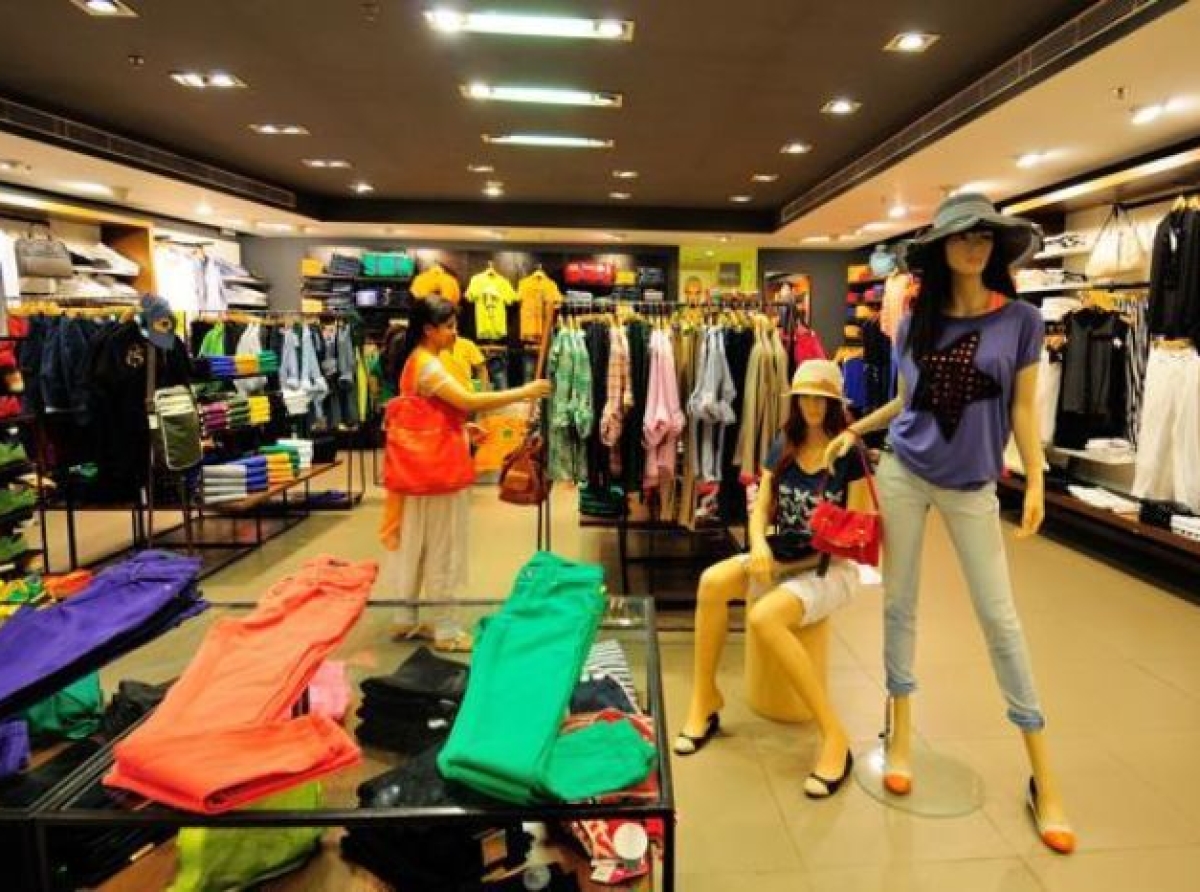29 November 2022, Mumbai
Business is after all to build the competitive advantage of any business enterprise/service provider/retailer and, is well described as in how exactly to deliver services or goods value offerings to the valuable customers with the expected satisfactory outcomes; building in effect enduring loyalty, enhancing well-designed customer experiences.
Customer value propositions; at the end of the day it is the customer who defines what is valuable and what is not defining intended value propositions and desired profitability as a win-win approach to champion customers in their value-creating consumption activities.
Customer Touch Points
Over the past two years, the COVID-19 epidemic has changed consumer preferences, routines, and attitudes. This significantly affects how consumers purchase and use products and services. Multinational retailers are now using modern business tactics to seize fresh retail prospects. Consumers no longer make the distinction between offline and online consumption channels.
Large corporations are experimenting with various strategies to create seamless retail experiences that are integrated across all channels as a result. Retailers are experimenting with income models to enhance consumer value by utilizing well-established e-commerce platforms and conventional methods.
Customer Experience Journey
The country's e-commerce market is steadily growing. Customers have a wide variety of things to choose from at competitive prices. The retail business is experiencing the most significant change ever, thanks to e-commerce, and this trend is expected to last for many years. Retailers could use digital channels to increase customer reach in tier II-III cities while spending less on physical estate.
Momentous E-Commerce business; Due to an increase in online shoppers in the nation, the online retail business in India is predicted to grow from an anticipated US$ 55 billion in 2021 to US$ 350 billion by 2030. By 2024, retail's online penetration is expected to increase from 4.7% to 10.7%.
Growth levers; However, the industry's long-term prospects appear promising, supported by increasing income, favorable demographics, the entry of foreign competitors, and increased urbanization.
Spoilt for choice
Any segment's purchasing habits can be separated into utility and luxury categories. But commercialization gives consumers a wide range of choices, allowing them to classify things purchased for utility according to their quality and cost. The idea of "Value Retail" satisfies this aspirational and financial need of the consumer by offering high street designs at reasonable rates for the masses, while luxury companies preserve their exclusivity by remaining present in a few key locations.
Value retail stores in this scenario achieve their revenues thanks to their extensive reach and distinctive target group segmentation. The fact that value retailers are able to keep their goods at competitive costs is remarkable in this case.
Genesis; Value retailing's origins can be traced to periods of market distress when survival depended heavily on innovation. A change in consumer purchasing patterns brought on by the recession led to negative growth in the retail industry. Customers set stringent spending limits and choose to purchase things at promotional sales at discount prices.
Cause and effect
Consumers who were accustomed to purchasing goods at discounts and with special offers have continued to do so as the world has recovered from the recession. They preferred to purchase high-quality goods at prices that were lower than those of branded goods.
The comeback of retail and larger size value retail concept stores were aided by this. Value retailing, a big format store concept today, sells branded goods and accessories at the greatest prices. Value retailing uses only 1.5x multipliers to give customers the most cost-benefit, in contrast to premium brands that employ 3x multipliers to recover their costs. This idea is mostly intended for Tier II and Tier III cities where retail establishments sell goods at reasonable prices.
How Consumers Are Responding To Inflation
Consumers today are looking for ways to lower their clothes purchasing costs and demand and expect high quality at low prices. They are looking for worth. Their buying tastes have changed noticeably, with a greater emphasis placed on product pricing.
Value retailing relies on the strategy of selling high-quality goods at wholesale costs to be successful. Any bargain retail store's products are on par with what luxury brands are now wearing for the season.
Marketing Strategic Planning; The Tier-II & III category may access the most recent trends and fashions from around the world thanks to discount merchants. A few businesses in the retail industry in India have entered the Tier-II & III category market. Some of the major companies in India are 1-India Family Mart, Vishal Mega Mart, and Easy Buy Retail.
The article attempts to resolve the duality of customer value proposition and the organization's perspective/key strategic role and its larger purpose in pursuit of building a sustainable competitive advantage as a give-and-take relationship rather than a mere transactional relationship.

























